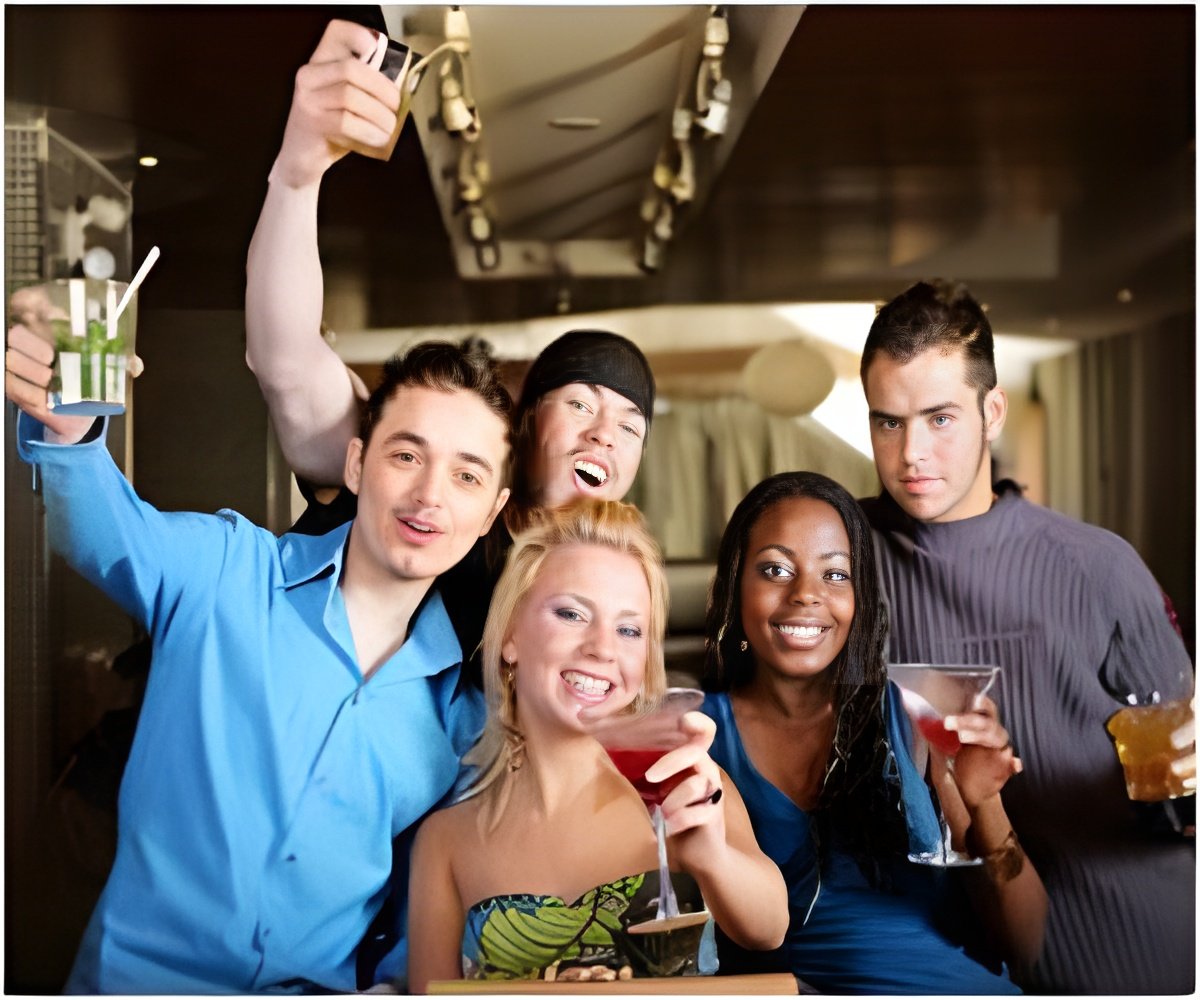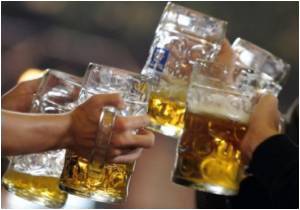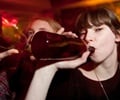High school seniors are consuming 5 or more alcoholic drinks in a row, some of them engaging in extreme binge drinking of 15 drinks, researchers have found

Megan E. Patrick, Ph.D., of the University of Michigan, Ann Arbor, and colleagues examined the prevalence and predictors of binge drinking and extreme binge drinking in nationally representative sample of 16,332 high school seniors. A drink was defined as 12 ounces of beer, four ounces of wine, a 12-ounce wine cooler, a mixed drink or a shot glass of liquor.
According to the results, 20.2 percent of seniors reported binge drinking, while 10.5 percent reported consuming 10 or more drinks and 5.6 percent reported consuming 15 or more drinks.
It was found that young men were more likely than young women to engage in all levels of binge drinking, as were white compared with black students. Students whose parents were college educated had greater odds of binge drinking but lower odds of extreme binge drinking.
The authors suggested that further research may consider a broad range of family, school and community risk factors, as well as genetic and mental health indicators for binge drinking.
The study concluded that the documented rates of extreme binge drinking, and the fact that they have not changed across recent historical time, support the need for additional research to develop effective prevention and intervention strategies to reduce high-risk alcohol behaviors of youth.
Advertisement
Source-ANI










